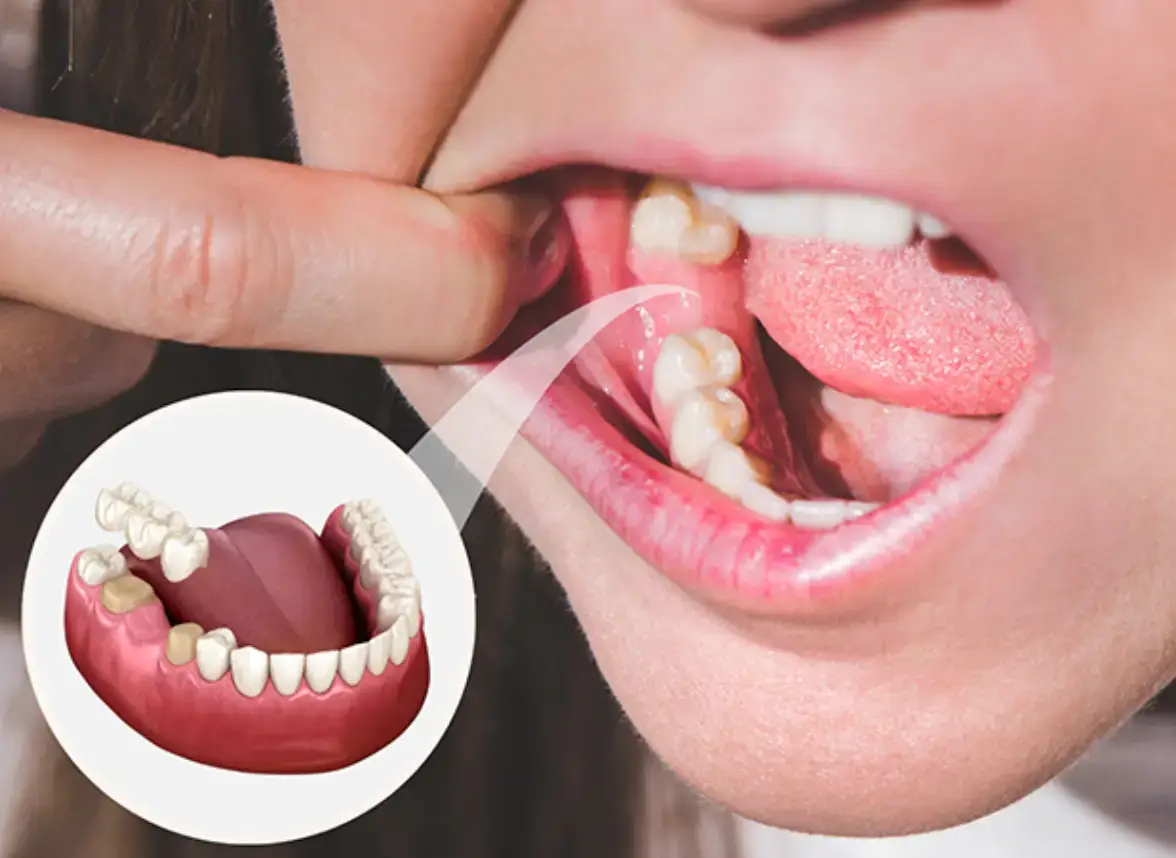Service
Crown & Bridge For Missing Teeth
Crown & Bridge For Missing Teeth
When teeth are lost or damaged, crown and bridge treatments provide an effective and long-lasting solution to restore both the appearance and function of your smile. These dental restorations help maintain the structural integrity of your mouth while improving your overall oral health.

What Are Crowns and Bridges?
- Dental Crown:
A crown is a cap that covers a damaged or decayed tooth to restore its shape, size, and strength. It is commonly used for teeth that are weakened or require a large filling. Crowns can be made from various materials, including porcelain, ceramic, metal, or a combination of these.
- Dental Bridge:
A bridge is used to replace one or more missing teeth. It consists of a false tooth (pontic) anchored to adjacent healthy teeth or implants with crowns. Bridges are designed to fill the gap created by missing teeth, preventing surrounding teeth from shifting out of alignment.
Benefits of Crowns & Bridges
- Restores Functionality:
- Crowns and bridges help restore the ability to chew, bite, and speak properly, improving overall oral function.
- Enhances Appearance:
- These restorations mimic the natural shape, color, and size of teeth, ensuring that your smile looks as natural as possible.
- Prevents Teeth Shifting:
- Bridges prevent remaining teeth from shifting out of place, which can lead to bite problems and other oral issues.
- Durable and Long-Lasting:
- With proper care, crowns and bridges can last for many years, providing a lasting solution for missing or damaged teeth.
- Supports Oral Health:
- They help maintain proper alignment of the teeth and protect against further damage, decay, or wear.
When Are Crowns & Bridges Needed?
- Severely Damaged or Decayed Teeth:
If a tooth is extensively damaged or decayed, a crown can restore its appearance and functionality.
- Replacing Missing Teeth:
If a tooth is missing due to injury or extraction, a bridge can fill the gap and restore proper bite function.
- Post-Treatment Restoration:
After procedures like root canals or implants, crowns and bridges help strengthen and protect the treated tooth or area.
Types of Crowns & Bridges
- Porcelain Crowns and Bridges:
- Ideal for visible teeth due to their natural appearance.
- Metal Crowns and Bridges:
- Strong and durable, perfect for back teeth that are not visible when smiling.
- Porcelain-Fused-to-Metal Bridges:
- Combine the strength of metal with the aesthetic benefits of porcelain.
- Zirconia Crowns and Bridges:
- Highly durable, biocompatible, and natural-looking, making them a popular choice for both front and back teeth.
The Process of Getting Crowns & Bridges
- Consultation and Diagnosis:
- The dentist will evaluate your oral health, take X-rays, and determine the best treatment options for you.
- Tooth Preparation:
- The affected tooth (or teeth) will be shaped to accommodate the crown or bridge. Impressions will be taken for the custom restoration.
- Temporary Restoration:
- A temporary crown or bridge will be placed while your permanent restoration is fabricated in the lab.
- Placement of Permanent Restoration:
- Once your custom-made crown or bridge is ready, the dentist will bond it to the tooth or teeth, ensuring a perfect fit and natural look.
- Follow-Up Care:
- Regular check-ups will ensure the crown or bridge remains in good condition. Proper oral hygiene is essential for longevity.
Care for Crowns & Bridges
- Maintain regular brushing and flossing.
- Avoid chewing on hard objects to prevent damage.
- Visit the dentist for routine check-ups to monitor the condition of your restorations.
get free appointment
Your journey to a brighter smile and better dental health starts here! Take advantage of our Free Appointment Offer and let our expert team provide personalized care tailored to your needs.
Call us now
+91-809-005-0799
